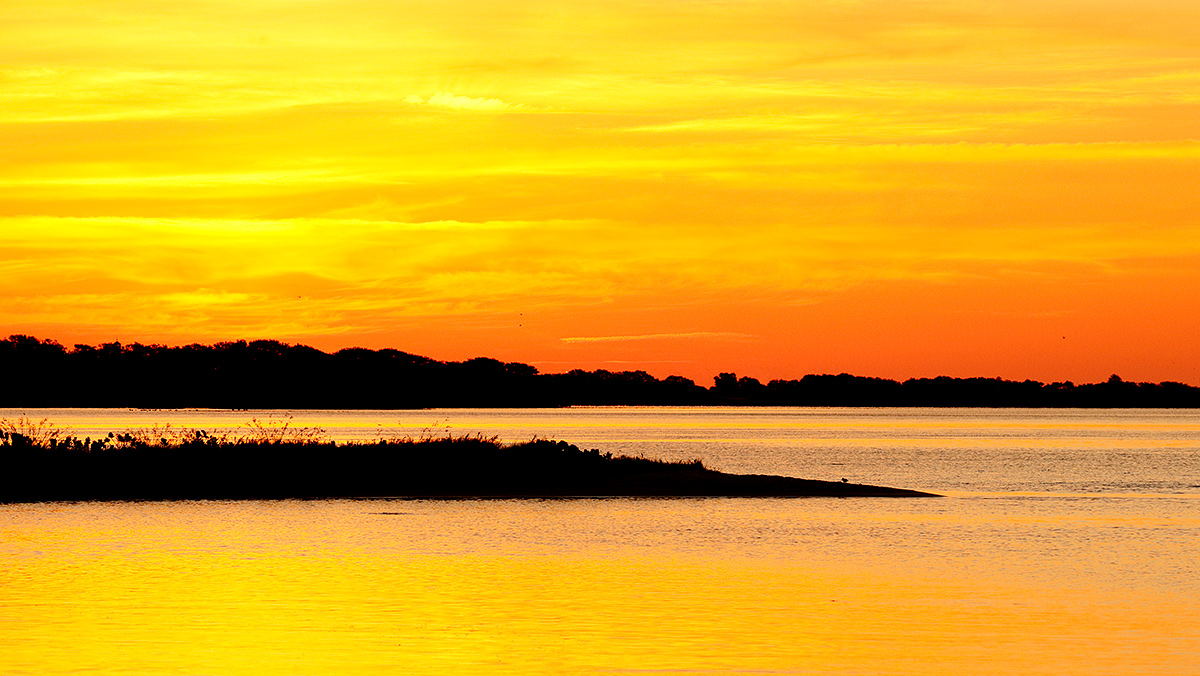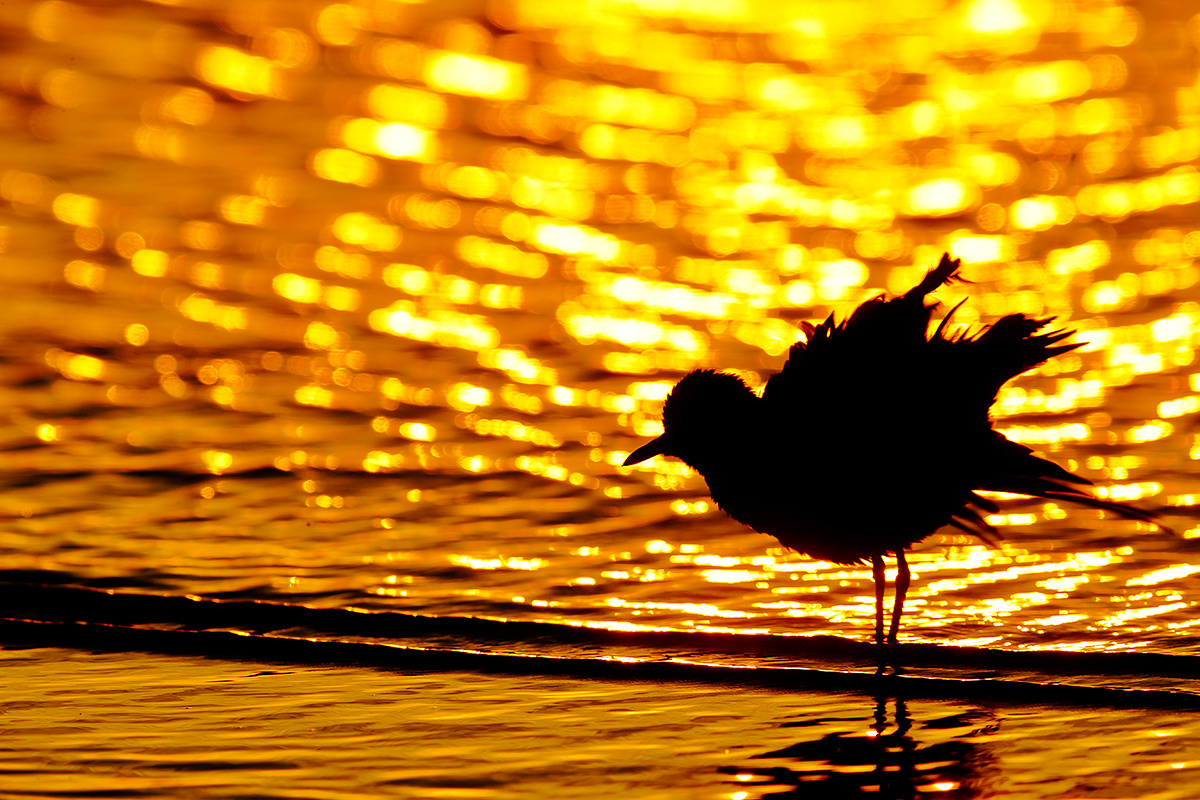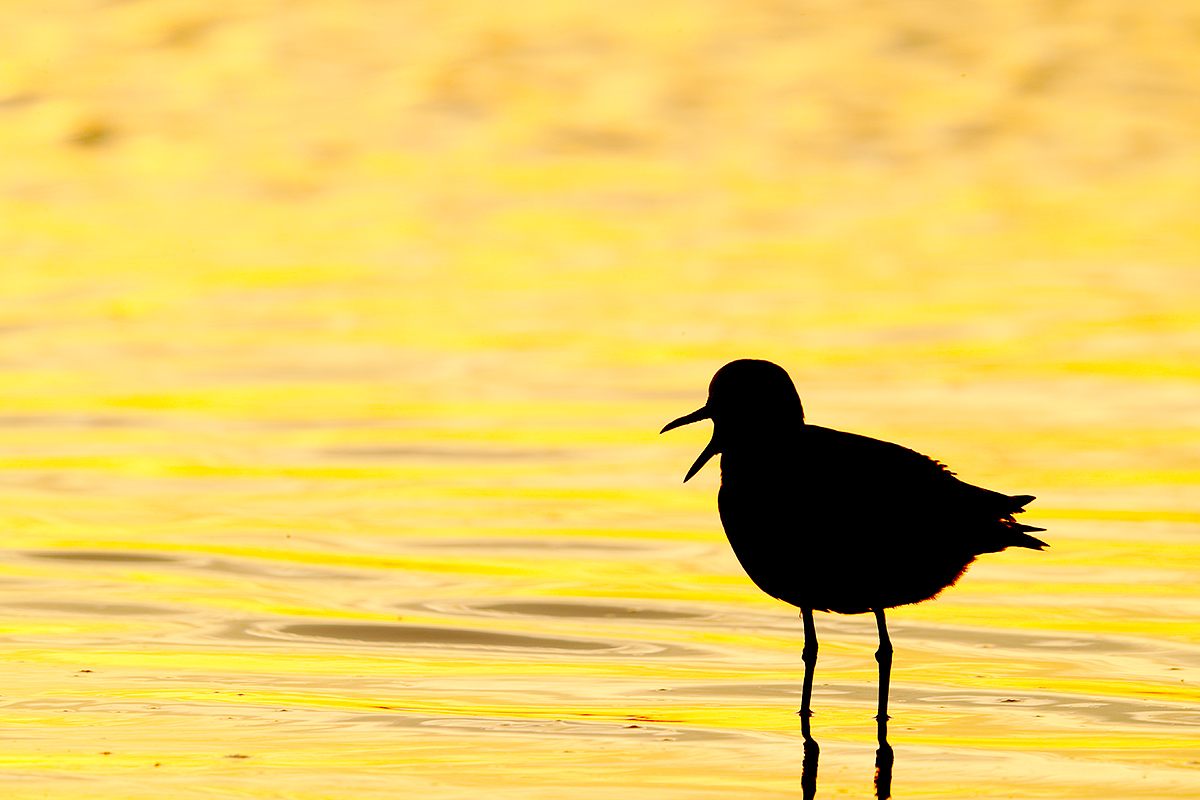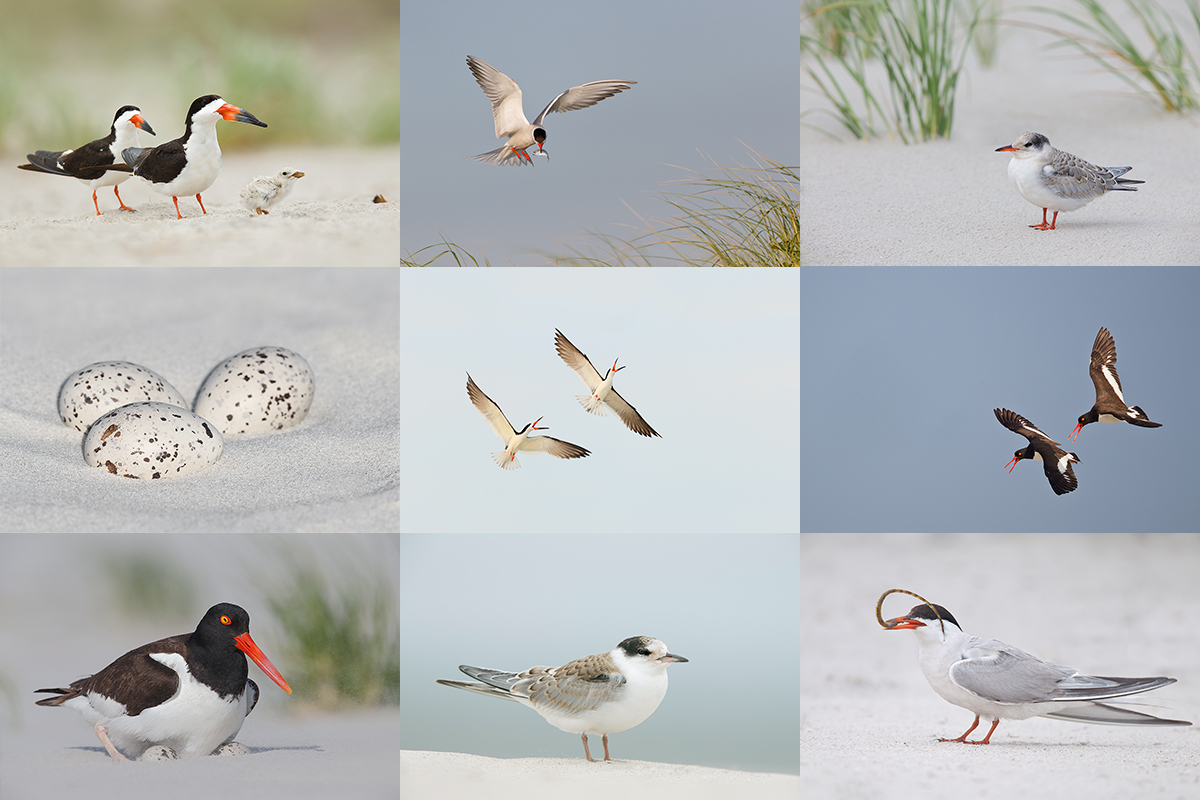What’s Up
I spent most of Friday getting lots more done on my 2015 taxes. I enjoyed another nice swim.
A Big Loss
I learned on Friday that Michael Reichmann, founder of the highly respected Luminous Landscape website, passed away at age 71 on Wednesday past. I am sending love, strength, and energy to his family and many friends. Though I knew Micheal only through a few brief e-mails, we do have a bit in common. Age. And the fact that our work, our passion, and our very beings were closely connected to our business names: Luminous Landscape for him, BIRDS AS ART for me.
The Streak
Today’s blog post marks 197 days in a row with a new educational blog post. I have dozens of new topics to cover; here should be no end in sight until my big South America trip next fall. As always-–and folks have been doing a really great job recently–-please remember to use our B&H links for your major gear purchases. For best results use one of our many product-specific links; after clicking on one of those you can continue shopping with all subsequent purchases invisibly tracked to BAA. Your doing so is always greatly appreciated. Please remember: web orders only. Please remember that if you are shopping for items that we carry in the BAA Online Store (as noted in red at the close of this post below) we would appreciate your business.
|
This image was created on my last morning at DeSoto after the IPT with the hand held Canon EF 100-400mm f/4.5-5.6L IS II USM lens (at 200mm) and the mega mega-pixel Canon EOS 5DS R. ISO 800. Evaluative metering +1 stop: 1/160 sec. at f/11 in Tv mode. Color temperature: 8000K. AF Micro-adjustment via LensAlign/Focus Tune: -2. Tutorial coming soon. Center AF point/AI Servo Expand/Rear Focus AF on the sandbar and re-compose. Click here to see the latest version of the Rear Focus Tutorial. Click on the image to see a larger version. Image #1: Sandbar at dawn |
Getting Up Early…
Fortunately, I am a morning person. I am usually up and working (or on my way to photograph) between four and five am. The fact is, when I am afield early on some beautiful beach, I am almost always alone at dawn (unless I am leading an IPT group). And that is a big shame for sleep-late nature photographers. Heck, there are times when being in the right place 30 minutes before the time of sunrise is 15 minutes too late. Try getting to bed early and getting out to your favorite beach in time to enjoy the often spectacular sunrise colors.
This image was created at 6:38am, about twelve minutes before the official time of sunrise. When this image was made I was hurting for birds…
Image Question
So exactly where is the alleged Black-bellied Plover in Image #1?
|
This image was also created on my last morning at DeSoto after the IPT, this one with theInduro GIT 304L/Mongoose M3.6-mounted Canon EF 600mm f/4L IS II USM lens, the Canon Extender EF 2X III, and the Canon EOS-1D X Mark II and Premium Kit with 64GB Card and Reader. ISO 500. Evaluative metering +1 stop: 1/1600 sec. at f/11 in Av mode. Color temperature: 8100K. AF Micro-adjustment via LensAlign/Focus Tune: +4. Tutorial coming soon. Image #2: Black-bellied Plover ruffling in almost blasting highlights: 6:49am.Center AF point/AI Servo Expand/Rear Focus on the plover’s legs and re-compose. (Learn why below…) Click here to see the latest version of the Rear Focus Tutorial. Click on the image to see a larger version. |
Tips for Photographing Blasting Highlights
I first wrote about creating glaring (blasting) highlights silhouettes in Chapter Six of The Art of Bird Photograph II, Exposure and Flash Simplified & Autofocus Essays. (I’m thinking now that I might have made two or three chapters there instead of one…) With most blasting highlights situations, you need from 1 to 3 stops (or more!) of under-exposure to keep from severely over-exposing the specular highlights. But in Image #2 the sun was just touching the horizon so the highlights were simply not that blasting.
Some folks mentioned diffraction with telephoto lenses in the recent post that dealt with depth-of-field with regards to the large Great Egret chick image. I have never seen diffraction at f/11 or f/13 or f/16. But I have seen diffraction with long effective focal lengths at tiny apertures, most recently, at f/57. Lesson? When working in really bright blasting highlight situations be sure to switch to a lower ISO and a very high shutter speed while striving not to go past f/11 or so.
Blasting Highlights AF Tip
While AF needs contrast to see, too much of a good thing blinds the AF system. If you are trying to focus on a bird in the blasting highlights swath, and AF cannot lock focus, try putting the sensor on the legs; it works extremely well pretty much all the time.
|
This image too was created on my last morning at DeSoto after the IPT, this one with theInduro GIT 304L/Mongoose M3.6-mounted Canon EF 600mm f/4L IS II USM lens, the Canon Extender EF 2X III, and the Canon EOS-1D X Mark II and Premium Kit with 64GB Card and Reader. ISO 500. Evaluative metering +1 stop: 1/400 sec. at f/11 in Av mode. Color temperature: 8100K. AF Micro-adjustment via LensAlign/Focus Tune: +4. Tutorial coming soon. Center AF point/AI Servo Expand/Rear Focus on the plover’s head and re-compose. Click here to see the latest version of the Rear Focus Tutorial. Click on the image to see a larger version. Image #3: Black-bellied Plover in soft backlight: 6:51am. |
Blasting Highlights Too Bright?
Within a minute of creating Image #2, the sun had gotten much stronger and I could no longer control the over-exposure of the specular highlights. I simply moved a yard or two to my right to place the cooperative plover against a background of soft and sweet yellow water. Remember: the success of each and every image that you create has everything to do with the perspective that you choose, exactly where you place your lens.
Just Think…
Today’s three featured images were created in a span of about 13 minutes; what a great way to start my day.
Your Favorite?
Which of these three sunrise images is your favorite? Be sure to let us know why you made your choice. I do have a clear favorite…
IPT Similarities
The Fort DeSoto and the Nickerson Beach IPTs have a lot in common. Lots of birds, lots of sand, and lots of learning. The big difference is that there are lots more flight opportunities at Nickerson: hovering terns, birds landing at the nest, and with luck and the right morning winds, skimmers skimming.
|
From upper left clockwise to center: Black Skimmer head portrait, American Oystercatcher dining on surf clam flesh, Common Tern at sunset, Common Tern adult swallowing flatfish, Black Skimmer in flight, newborn Common Tern chick, American Oystercatcher with chick, fresh juvenile Common Tern (with fill flash), and Common Terns copulating. |
Nickerson Beach Terns/Skimmers/Oystercatchers Instructional Photo-Tour (IPT): July 18-22, 2016. 4 1/2 DAYS: $1899. Limit 10/Openings 8.
Meet and greet at 3pm on the afternoon of Monday, July 18. Limit 10.
The primary subject species of this IPT will be the nesting Common Terns. The trip is timed so that we will get to photograph tiny chicks as well as fledglings. There will be lots of flight photography including adults flying with baitfish. Creating great images of the chicks being fed is a huge challenge. In addition to the terns we will get to photograph lots of Black Skimmers courting, setting up their nesting territories, and in flight (both singles and large pre-dawn flocks blasting off). Midair battles are guaranteed on sunny afternoons. And with luck, we might even see a few tiny chicks toward the end of the trip. We will also get to photograph the life cycle of American Oystercatcher. This will likely include nests with eggs and tiny chicks, young being fed, and possibly a few fledglings.
Nesting Piping Plover is also possibly. There will be lots of gulls to photograph; most years I am able to find a few Lesser Black-backed Gulls of varying ages in addition to the Herring, Ring-billed, and Great Black-backed Gulls. You will learn to identify and age the various gull species. There will likely be some Willets feeding along the surf and with luck we might get to photograph a handsome juvenile or two. In addition to the locally breeding shorebirds, we will likely get to see some southbound migrant arctic-and sub-arctic breeding shorebird species such as Sanderling, Semipalmated Plover, and maybe even Red Knot.
|
From upper left clockwise to center: Black Skimmers with tiny chick, Common Tern landing with baitfish for young, fledged Common Tern chick in dunes, American Oystercatchers/display flight, adult Common Tern with pipefish for chick, Common Tern fledgling in soft light, American Oystercatcher on nest with eggs, American Oystercatcher 3-egg clutch, battling Black Skimmers. |
The IPT Logistics
The tour will begin with a meet and greet on the afternoon of Monday, July 18, 2016. That will be followed by our first shooting session at the beach. From Tuesday through and including all of Friday we will have two photography sessions daily. Our morning sessions will start very early so that we are on the beach well before sunrise. We usually photograph for about four hours. Then we will enjoy a group brunch. We will always have a midday break that will include a nap for me. That followed by our daily afternoon classroom sessions that will include image review, workflow and Photoshop, and a review/critique of five of your trip images. Folks are always invited to bring their laptops to brunch for image sharing. I always have mine with me but heck, I am a big show-off. Afternoon in-the-field sessions generally run from 5pm through sunset.
Breakfasts are grab what you can. Four brunches are included. Dinners (if at all) will be on your own as we will often get back to the hotel at about 9pm. There is a fridge in every room and a supermarket within walking distance of the hotel so nobody should starve. You will learn a ton during the nine shooting sessions, the four in-classroom sessions, and even at lunch. Early morning and late afternoon parking is free. If we want to head back to the beach early we will need to arrange tight carpools and share the $30/vehicle parking fee. Non-photographer spouses, friends, or companions are welcome for $100/day, $450 for the whole IPT.
Save a space by calling Jim or Jen at the office at 863-692-0906 and arranging to leave your deposit of $599–credit cards are accepted for deposits only. Your balance will be due on April 18, 2016. I hope that you can join me for what will be an exciting and educational IPT.
Please Remember to use our Affiliate Links 🙂
To show your appreciation for my continuing efforts here, we ask, as always, that you get in the habit of using my B&H affiliate links on the right side of the blog for all of your photo and electronics purchases. Please check the availability of all photographic accessories in the BIRDS AS ART Online Store, especially the Mongoose M3.6 tripod heads, Induro tripods and ballheads, Wimberley heads and plates, LensCoats and accessories, and the like. We sell only what I have used, have tested, and can depend on. We will not sell you junk. We know what you need to make creating great images easy and fun. And we are always glad to answer your gear questions via e-mail.
I would of course appreciate your using our B&H affiliate links for all of your major gear, video, and electronic purchases. For the photographic stuff mentioned in the paragraph above we, meaning BAA, would of course greatly appreciate your business. Here is a huge thank you to the many who have been using our links on a regular basis and visiting the BAA Online store as well.
I would of course appreciate your using our B&H affiliate links for all of your major gear, video, and electronic purchases. For the photographic stuff mentioned in the paragraph above we, meaning BAA, would of course greatly appreciate your business. Here is a huge thank you to the many who have been using our links on a regular basis and visiting the BAA Online store as well.
Be sure to like and follow BAA on Facebook by clicking on the logo link upper right. Tanks a stack!
Typos
In all blog posts and Bulletins, feel free to e-mail or to leave a comment regarding any typos or errors. Just be right 🙂



















Artie, Thanks for featuring my image in your blog and your kind comment. I am very honored. Glenn
You are most welcome. Thanks for sharing. a
Hi, Artie. Late to the party; there are a pair of mute swans and their 5 little cygnets here (Nantucket) that I’ve been trying to photograph. My favorites are 1 and 2. Thanks for the tip on focusing on the legs. Fuzzy little cygnets are hard to focus on too. I hate getting up early but I love what I see when I do. The quote about most lenses being sharper than most photographers sounds like something you’d say.
Thanks for the information on Michael’s passing. Luminous Landscape was one of the first websites I actively followed early in my DSLR days, and I definitely learned a lot about the transition from film to digital from Michael and his resources.
YAW Jeff. Do you know for sure if MR was the first to come up with this: “ETTR–expose to the right”?
And if this was him: “Most lenses are sharper than most photographers”?
a
Many seem to think the plover is on the sandbar, but the sun angle is wrong to produce those yellows. I think it is in the sun line, just off the far shore.
Nope. Otherwise confused 🙂 a
Hey Artie. I miss Ft. Desoto…perhaps next year I should make back down there! Perhaps I’m way out in left field here, but I am going to guess that the BBplover is much closer to you…somewhere out of view below the frame. Wading out to that sandbar would have perhaps taken too long and you would have lost he golden light we see in all three images. Maybe I’m wrong…looking forward to the reveal tomorrow 🙂
Hey Dan, Good to see you here. You can always come as a co-leader. I will do another this fall and another next spring. I gotta quit flying across so many time zones…
There is not BBPL in Image #1… When you see tomorrow’s post, you will know what it is.
later and much love,
ps to all: Dan is our top Avian Moderator at Bird Photographer’s.Net and a superb photographer in his own right.
Thank you Artie, I appreciate it!
BTW, I realize there is no BBPL in the first image from reading previous comments…just pointing out that had that been it, it would have likely taken too much time to get to it before losing the golden light we see in your images. I believe the plover, from the point of view of image #1, is directly below the frame, close to where you were standing. Looking forward to the answer.
Re-reading my previous comment I think I should perhaps use the word perhaps less often in the same paragraph 🙂
Hey Dan,
Perhaps…
a
I am so sad to hear of Michael’s passing. Such a loss.
I agree early morning is a special time of day.
As for the photos, they are all nice images. Hard to choose a favorite.
In #2 the sparkling yellow sunrise on the water is striking background for the bird ruffling its feathers, as if it’s waking up to start the day.
#3 is a more peaceful photo; I really like the bird against the soft, calm water.
As others have noted, I do see a small something on the sandbar – apparently though that is not the BBP. Also, at about the mid-point of the sandbar and in the water, i see a dark line – it’s the only one like it. What’s that? Is it possible the bird is foraging low and we can’t see it?
I also see four dots in the sky (birds flying?) as well as a flock of birds in between the sandbar and the land behind it.
thank you for the lesson!
Not a BBPL… As for the dark line in the water, I do not know what it is. Might be a small school of breaking baitfish.
YAW.
a
Image 2 is my fav. The ruffling is an interesting behaviour and fun to catch. I like the colour and composition.
The lesson on exposure is once again very helpful.
Image three poses a question.Is the plover turned towards or away from the camera?
One part of me says ‘away’ because of the mouth shape in the silhouette. Another part of me says no, its turned towards the camera because the head is sharply outlined and the tail is slightly softer.
From the comments and your answers already recorded it seems the bird at the bar is not the black bellied plover in question.
So either it’s out of frame (I screwed up) in image one or hidden in deep shadow somewhere.
perhaps on the near side of the sand bar.
Having searched the image a bit more there are at least 4 birds in flight against the sky background.
Perhaps the most important lesson here is not the one about technique or exposure, but the one about being there early half an hour before sunrise.
The hardest thing about landscape and bird photography is ‘getting up in the morning’.
So many landscape photograpers have said that, I’m not sure which one to quote.
Hey David, Your comments are always interesting; I look forward to hanging with you in the Southern Ocean!
The bird in Image #3 is 100% facing us for the reason you mentioned. That said, many silhouettes, especially of birds in flight like cranes at Bosque, are optical illusions (as this one is to some degree). One minute you’d swear that they are flying towards you, the next minute you’d swear that they are flying away.
You were the first to understand my cryptic comments about the bird on the bar… We will see if anyone can correctly identify it tomorrow…
I am not sure on the birds in flight but there is a flock of shorebirds on our left of the frame in front of the second land mass…
45 minute before sunrise is usually overkill but on the right day getting there that early will really make you happy.
later and much love, a
I prefer #3. Soft light and lovely color make the bird silhouette stand out. His open beak adds interest. I can feel the peacefulness and beauty of the dawn.
The speck near the tip of the sandbar is the black Bellied Plover.
The colours are gorgeous. i like image one the best closely followed by
number three.
Close but no cigar on the Black-bellied Plover… Mystery will be revealed tomorrow.
a
It is obvious the one plover is on the sand spit. Less obvious is the second plover well to the left of the first one behind that big clump of grass.
Obvious but not really correct because I screwed up… I will reveal that mystery tomorrow. And there is no second bird behind the big clump of grass (though it might look like it…) There was a Willet behind a clump of grass to the left of the bird on the spit (how’s that for confusing???) But I eliminated it during processing….
later and love, a
That was a joke!
It’s the plover ruffling for me. Beautiful color, action,composition.
And a great tip new tip— to focus on the legs.
I’m choosing the first image as my favorite. That lovely morning sunrise with such fine color brings back memories of many fine mornings heading out standing on that very spot to see what birds will be around to photograph. Can’t wait too get back there next year to look for birds, sunrises and sunsets.
Spotted the plover right away, standing out on the spit and just waiting for a good photographer. Looks like he got his wish, as both silhouettes of him are very nice in color. Unfortunately, he didn’t turn enough to present a great angle of view.
Thanks but confused 🙂 In which image did he not ” turn enough to present a great angle of view”? a
You’re not confused, I was. The first time I looked at these, I thought the bird was facing away from you. With my glasses on I have to say that I was mistaken about the body angle. Still, sticking with #1 as my favorite, for the memories.
I’m really sorry to hear of Michael’s passing, he was another fountain of knowledge on photography.
Thanks but still confused. Which image or images are you referring to?
a
I was referring to both image 2 and image 3. From David’s post above it looks like you have already explained my confusion.
Thanks. The birds in both photos were facing me. a
Lovely colours, hard to choose a favourite.
Is the plover that speck towards the end of the sandbar?
How come you didn’t have the sun behind you like you would normally?
Not sure on the speck. Hey, that is where the sun was; what was I to do? a